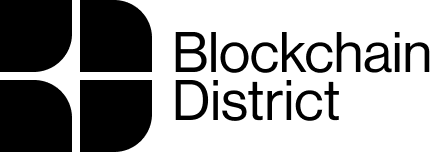OSINT-pop

Is the new frontier of information in search of new criteria?
Hybrid wars, hybrid defenses
The war of Russian aggression on Ukraine has caused a noticeable shift in the demand for news content. Traditional media reporting, primarily based on official material provided by Western armies and usually trusted, is still struggling to find truly independent sources, in the few cases where they want to provide actual information and don’t themselves follow a specific narrative. On the one hand, this war is, at least in some countries, highly divisive, with a significant part of the public favoring Russia and asserting the version of facts promoted by fringe media and outright Russian propaganda outlets; on the other hand, the Ukrainian numbers and briefings are often considered unreliable, at least by their adversaries. Add to this mix the effect of Russian hybrid war with its troll farms, and we have the perfect recipe for an informational meltdown.
We used to say that everyone is entitled to their own opinion, but no one has the right to their own facts. Now, facts themselves are ordinarily disputed.
The rise of OSINT
The most interesting paradox is that all this happens in the most “visible” war of all time. We have an endless stream of video feeds, images, reporting on the ground, across a panoply of different channels, from Telegram groups fed directly by the fighting troops, to any kind of improvised or established pundit on the social media of your choice, up to traditional media that struggle to keep up with the news cycle. This plethora of single images composes an ever-shifting puzzle whose general picture is, at its best, constantly blurred.
This is where the OSINT (Open-Source Intelligence) groups come into play. Their initial task was to gather, sort, and filter this mass of information to provide, at least, a basis of almost undisputed facts. The most egregious example of this approach is the well-known Oryx group, which collects every piece of visual evidence of the loss of material by both sides of the conflict, removes duplicates, and manages a detailed list, providing at least a basic estimate of the general and relative losses. Of course, there will always be a significant quantity of undocumented losses, and the actual number would likely be much higher; however, having this baseline provides at least some undisputed common ground.
Next step: a certified OSINT?
There are many more application of OSINT principles, such as the geolocation of images, the detection of fires and explosions using publicly available satellite imagery (such as the NASA FIRMS program), as well as the use of commercial satellites to observe the state of large Russian vehicle deposits along time or to assess damage done to infrastructure and equipment. In general, the effectiveness of OSINT procedures comes from two sources: the (over)abundance of available material, which renders imperative some sort of authoritative interpretation, and the trust we generally have in images. Strange as it may be, we still think that a single image is worth a thousand words, even when we have constant proof of how easily they can be fabricated or manipulated.
Basing our access to information on the reliability of images is at best a form of naiveness and, at least potentially, opens the door to new and more dangerous forms of manipulation. This is why we should shift from trusting images to a form of rigorous certification at the source: while this is quite easily achievable with satellites, given the relatively small number of well-known sources, it seems impossible for other sources, such as smartphone images or drone-generated video feeds. In these cases, a sound alternative may be to record them on a public, open ledger to assess their initial entry into the information stream, track their transactions, and identify possible manipulations. This system would certainly not prevent false information from being fed into the system, but it would at least help identify suspect sources and ease the task of debunking.
This could be a first step toward achieving decentralized vetting of information quality, not based on censorship or other forms of authoritarian control, but on the candid work of users. It is a cornerstone of a true digital democracy.




